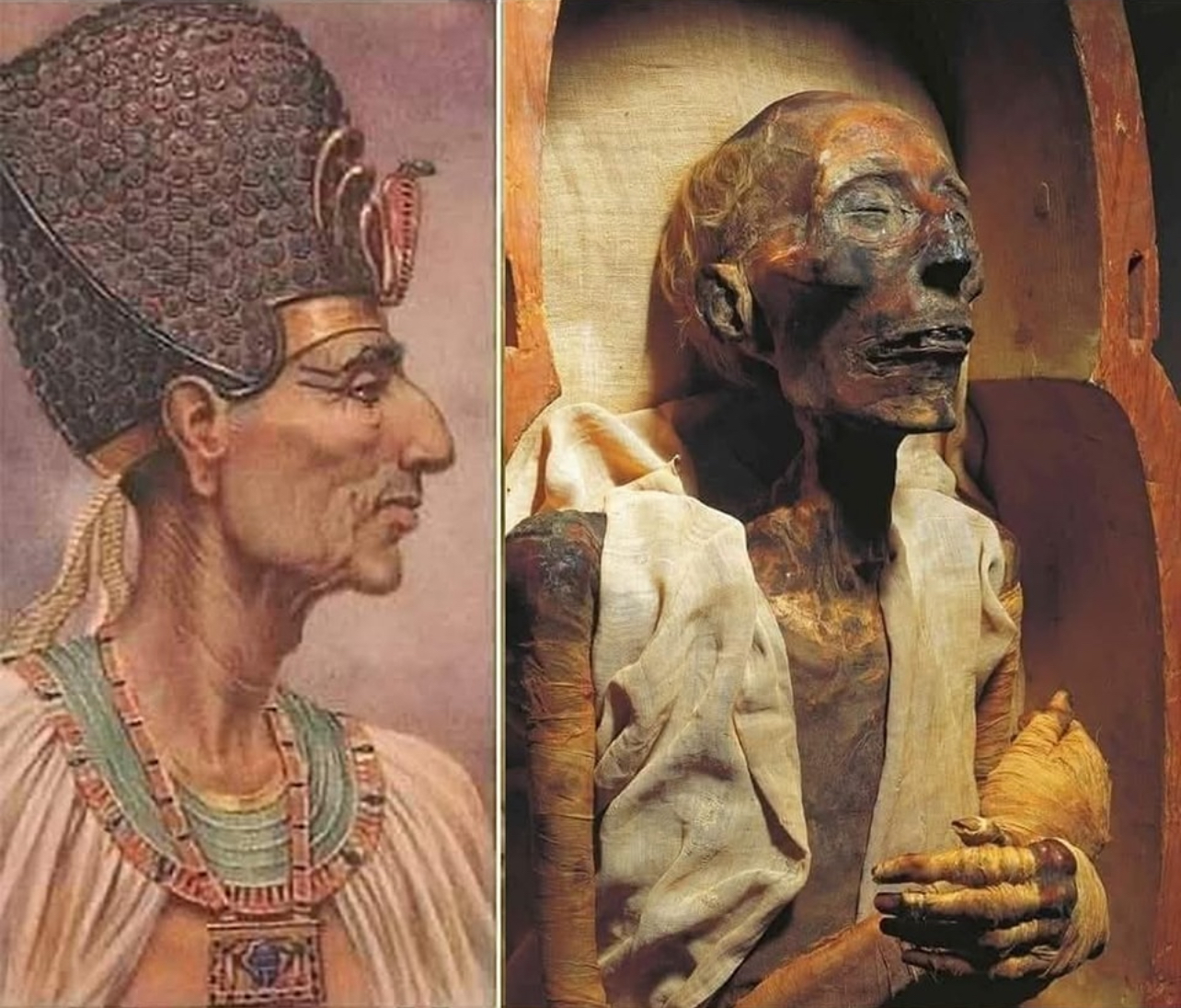Ramses II, reigning from 1303 BC to 1213 BC, stands as a monumental figure in Egyptian history. His 66-year rule, one of the longest of any pharaoh, marked a period of unparalleled prosperity and military might during the New Kingdom. His physical stature, prolific progeny, and ambitious projects have solidified his place as one of Egypt’s most celebrated rulers.

A Reign of Unprecedented Length and Power
Ramses II’s extended reign was a testament to his strength and political acumen, leaving an indelible mark on Egypt’s landscape and legacy.
A Long and Prosperous Rule
His 66 years on the throne allowed him to implement ambitious projects and consolidate his power, shaping Egypt’s political and cultural landscape.
- Period of Prosperity:
- His reign coincided with a period of great wealth and stability, allowing for extensive construction and military campaigns.
- It highlighted period of prosperity.
- Strong Leadership:
- Ramses II’s decisive leadership and strategic vision enabled him to maintain control over a vast empire and secure Egypt’s borders.
- It showed strong leadership.
- Longevity and Legacy:
- Living to the age of 90, he left behind a vast legacy of monuments and inscriptions, ensuring his name would be remembered for millennia.
- It highlighted longevity and legacy.
Physical Stature and Progeny
Ramses II’s imposing physical presence and numerous offspring further contributed to his legendary status.

- Towering Height:
- His reported height of 190 cm made him a physically imposing figure, reflecting his image as a powerful ruler.
- It highlighted towering height.
- Prolific Fatherhood:
- Fathering 152 children demonstrated his virility and strengthened his dynastic line, ensuring the continuation of his legacy.
- It showed prolific fatherhood.
- Symbol of Power:
- His physical attributes and large family reinforced his image as a powerful and fertile ruler, embodying the ideal of pharaonic strength.
- It highlighted symbol of power.
A Tomb and a Hidden Mummy
The journey of Ramses II’s remains, from his intended tomb to a secret cache, reveals the challenges and complexities of ancient Egyptian burial practices.
From Valley of the Kings to a Hidden Cache
The relocation of his mummy highlights the vulnerability of royal tombs to looting and the efforts to protect them.

- Original Burial:
- His tomb in the Valley of the Kings was intended as his final resting place, a testament to his royal status and the grandeur of his reign.
- It highlighted original burial.
- Protection from Robbers:
- The decision to move his mummy to a secret cache underscores the constant threat of tomb robbers and the need to safeguard royal remains.
- It showed protection from robbers.
- Discovery in 1881:
- The discovery of his mummy in 1881 provided invaluable insights into ancient Egyptian mummification techniques and burial rituals.
- It highlighted discovery in 1881.
A Direct Connection to History
The display of his mummy in the Grand Egyptian Museum allows modern visitors to connect with one of history’s most celebrated rulers.
- Historical Artifact:
- His mummy serves as a tangible link to ancient Egypt, offering a direct glimpse into the life and times of a powerful pharaoh.
- It highlighted historical artifact.
- Educational Significance:
- The display of his remains provides educational opportunities, allowing visitors to learn about ancient Egyptian history and culture.
- It showed educational significance.
- Enduring Fascination:
- Ramses II’s mummy continues to captivate and fascinate visitors, highlighting the enduring allure of ancient Egyptian civilization.
- It highlighted enduring fascination.
A Lasting Imprint on Egypt
Ramses II’s military victories and ambitious construction projects have left a lasting imprint on Egypt’s landscape and legacy.
Military Victories and Ambitious Projects
His reign was marked by significant military campaigns and the construction of numerous temples and monuments.

- Military Campaigns:
- His military campaigns, particularly the Battle of Kadesh, showcased his military prowess and expanded Egypt’s influence.
- It highlighted military campaigns.
- Construction Projects:
- His ambitious construction projects, including the temples of Abu Simbel and the Ramesseum, stand as testaments to his power and architectural achievements.
- It showed construction projects.
- Enduring Legacy:
- His reign left a lasting imprint on Egypt’s landscape and cultural heritage, ensuring his place among the most influential pharaohs.
- It highlighted enduring legacy.
A Symbol of Ancient Egyptian Power
Ramses II remains a symbol of ancient Egyptian power and grandeur, his name synonymous with the golden age of the New Kingdom.
- Pharaonic Might:
- His reign embodies the peak of pharaonic power, marked by military strength, economic prosperity, and artistic achievement.
- It highlighted pharaonic might.
- Cultural Icon:
- He has become a cultural icon, representing the grandeur and mystique of ancient Egyptian civilization.
- It showed cultural icon.
- Historical Significance:
- His contributions to Egyptian history and culture ensure his enduring significance in the annals of ancient civilization.
- It highlighted historical significance.
Conclusion:
Ramses II’s long and prosperous reign, marked by military victories, ambitious construction projects, and a vast progeny, has cemented his place as one of Egypt’s most powerful and influential pharaohs. His legacy, preserved in his monuments and his mummified remains, continues to captivate and inspire, offering a glimpse into the grandeur of ancient Egypt.


CÁC TIN KHÁC
Mary Walton: The Forgotten Inventor Who Helped Clean Up America’s Cities
Tomb of Queen Nefertari in the Valley of the Queens, Egypt
Discover the Hypostyle Hall of the Temple of Hathor at Dendera
Venus de Losange: Unveiling the Mystery of a 20,000-Year-Old Paleolithic Icon